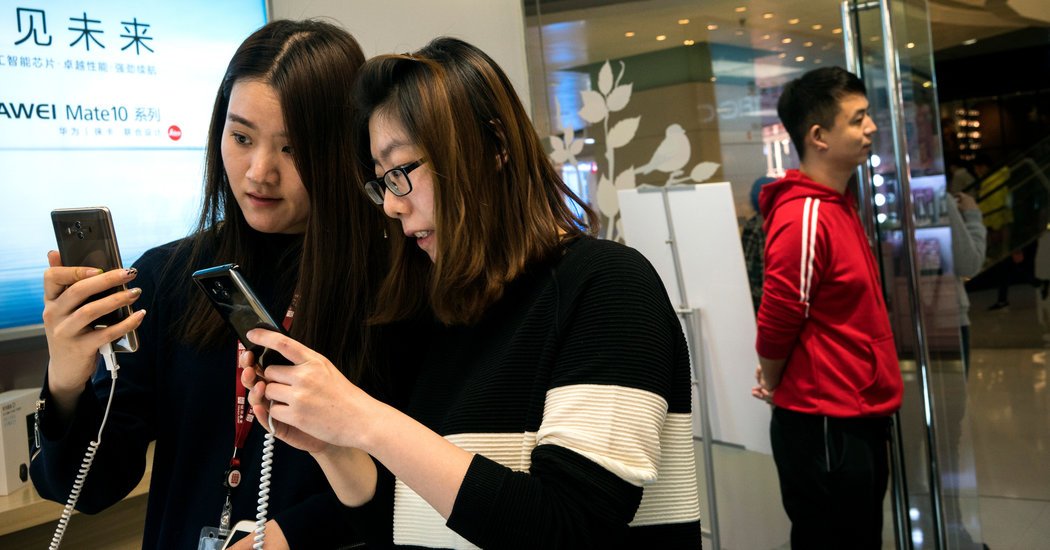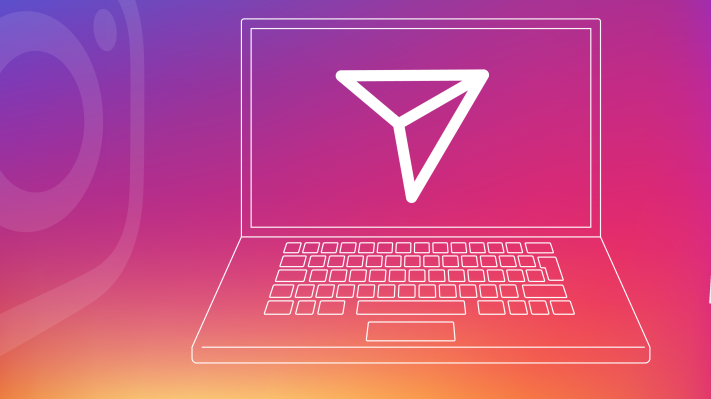Huawei (pronounced HWA-way) is already well known at home. The company outsells all others in China, the world’s largest smartphone market. And it is nipping at Apple’s heels to be the No. 2 phone maker worldwide. According to the research firm Canalys, Huawei shipped 39 million phones in the latest quarter; Apple shipped 47 million. But those Huawei devices were mostly low or midrange.
“We see good signs that people have seen the brand change to a large degree,” to one that is “stylish and innovative,” said Glory Cheung, Huawei’s marketing chief for consumer devices. “I think that’s a very good sign for us.”
Still, Ms. Cheung said, Huawei would rather spend on developing smarter features and better technology than on marketing, even as she acknowledged the importance of building an emotional bond with users. The challenge for the company on that last front is significant: Compared with Apple or Samsung, Huawei has much further to go in forging that elusive something that leads someone to commit to a brand.
Even in China, many people still view Huawei devices as good value for the money and not much else.
Li Haoran, a 24-year-old accountant in Beijing, is a longtime Apple user. Would she switch to Huawei?
“Not for myself,” she said. “But I’d consider buying Huawei phones for my family, because they are relatively cheap.”
As for the Mate 10 series, Li Weitao, a 40-year-old marketer in Shanghai who is no relation to Li Haoran, said that for more than $600, “you should probably get an iPhone.”
Founded in Shenzhen three decades ago, Huawei was already one of the world’s largest suppliers of telecommunications equipment when it released its first Android smartphone in 2009. Its earliest handsets were run-of-the-mill in looks and performance. But Huawei has since invested more in design and technology, opening a design center in London and a research and development facility in Finland.
Credit
Christof Stache/Agence France-Presse — Getty Images
With the Mate 10 series, Huawei is debuting one of the fruits of its research: a processor dedicated to artificial-intelligence tasks such as identifying people in photos and translating text.
Christophe Coutelle, vice president of software marketing for Huawei, said the new processor let the phones perform such tasks more quickly, with less power and — as no data needs to be sent to a faraway server — with better privacy protection.
“Not everyone is willing to share all of their information, pictures and everything with cloud-based services,” he said.
The emphasis on privacy could help Huawei crack its last big untapped market: the United States. The company’s experience there has been fraught.
Its network-equipment business has effectively been banned in the United States since a congressional report said in 2012 that Huawei gear could be used by Beijing to spy on Americans. The company’s founder, Ren Zhengfei, was once an engineer in China’s military. Huawei has said its products pose no threat to security.
The company has also been in hot water in the United States over patent infringement and for failing to inform the authorities before acquiring American companies. The New York Times reported this year that United States officials were widening an investigation into whether the company broke trade controls on Cuba, Iran, Sudan and Syria.
Huawei’s international presence and diverse work force make it more of a global company than a Chinese one, Ms. Cheung said. Whether Huawei is a global name — and an appealing one — is another matter.
“The brand still lacks personality,” Thomas Husson, an analyst at Forrester, said in an email. “The focus is still too much on technical specifications and functionalities.”
Figuring out how to strike a chord with ordinary consumers was never going to be easy for Huawei, which has spent most of its existence selling back-end equipment to mobile carriers.
It has enlisted Scarlett Johansson to star in ads, and teamed up with Porsche and Leica on design. Yet Huawei still has “very much of an engineering culture,” Mr. Coutelle said. In conversation, employees rarely fail to mention how much the company spends on research and development (more than 10 percent of revenue) or the number of its workers involved in research (nearly half).
The company’s attitude, Mr. Coutelle said, had long been that its products spoke for themselves — that there was no need to hard-sell anyone on their superiority. “But I think this is changing.”
Huawei has been touring the world introducing users to its devices’ clever but low-key features. To take a screenshot, for instance, you knock twice on the screen with your knuckle. Drawing an S with your knuckle takes a screenshot of the entire length of a website or app — the better to share paywalled newspaper articles like this one.
Under-the-hood advancements may not drive sales unless Huawei brings them to the less expensive, midtier phones that will almost surely remain its biggest sellers, said Francisco Jeronimo, an analyst at the research firm IDC.
Mr. Jeronimo said he had laughed when he heard Huawei executives talk, years ago, about becoming a top-three phone maker. Today, he said, “I wouldn’t be surprised if they become No. 1.”
By RAYMOND ZHONG
https://www.nytimes.com/2017/11/19/technology/huawei-mate-10-smartphone.html
Source link


